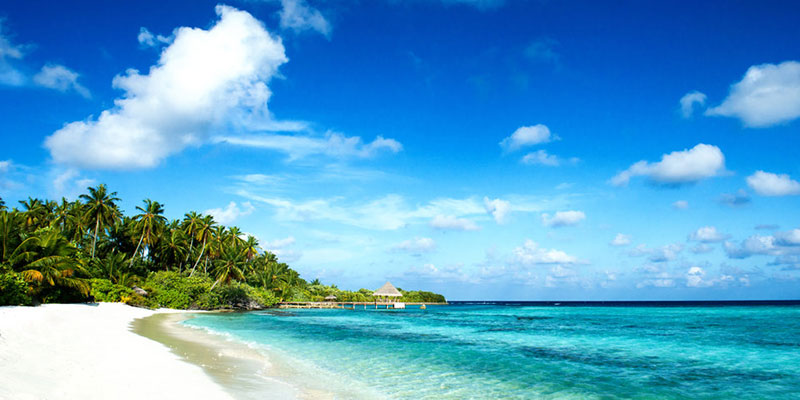Tourism is one coastal industry that’s very sensitive to sewage discharges, which can be dangerous without even being visible to the naked eye.
A new map helps us visualize how sewage enters coastal ecosystems
Most studies of how we impact coastal ecosystems have focused on agricultural runoff, trash, and oil spills in the ocean. However, human wastewater discharges routinely flow into coastal ecosystems too, potentially causing public health, economic, and ecological impacts. Researchers have shed some light on this problem with a new high-resolution mapping analysis focused on the coastal impact of sewage from human sources worldwide.
Dr. Cascade Tuholske and a team of University of California Santa Barbara researchers took a novel approach, estimating and mapping ocean discharges of nitrogen and pathogens from sewage in approximately 135,000 watersheds around the world, at a 1 km resolution. Newly available global population data allowed the team to model the way wastewater plumes enter the ocean and affect ecosystems.
Global Sewage Nitrogen and Pathogen Inputs Mapped
The study found that each year human sewage brings 6.2 teragrams of nitrogen to coastal ecosystems, which is approximately 40% of estimates of agricultural runoff contamination. To break it down:
- 63% came from sewage systems.
- 32% was from raw sewage discharges.
- 5% came from septic systems.
Watersheds in India, Korea, and China discharged the most nitrogen, with the Yangtze River accounting for 11% of the worldwide total. The Yangtze and Brahmaputra Rivers were the largest pathogen contributors.
The team also found that 58% of coral and 88% of seagrass beds are exposed to wastewater, and that nitrogen and pathogen indicator measurements are widely correlated around the world.
The researchers stressed that the analysis needs to be further refined, but the current mapping will help marine conservation groups and public health bodies set priorities and collaborate to soften the impacts of wastewater on coastal ecosystems.
How Sewage Affects the Tourism Industry
Many coastal economies rely on the tourism industry, which is very sensitive to sewage discharges. One marine scientist explained:
I’ve been taken to beaches that look beautiful and clean, but then we start testing the water, and there are significant levels of human pathogens in the water.
Pristine beaches and reefs attract a vital tourism economy, but we’re seeing that the water is not always as clean as it should be due to sewage in the water.
In one case, President Rodrigo Duterte of the Philippines shut down the entire tourism industry on the popular tourist island of Boracay for a six-month cleanup.
How Decentralized Wastewater Treatment Can Help
In many cases, the local and tourist populations are growing faster than the wastewater treatment infrastructure. To meet the growing demand, the infrastructure needs to be upgraded or new plants need to be added.
However, a single resort or tourist area is on a different scale from an entire region or watershed. How can a watershed’s decision-makers build a treatment plant that will link to every source of pollution in the region? Such a project would likely never make it off the drawing board due to pipeline costs alone, which can account for more than half of a project’s CAPEX.
One solution is to set up decentralized treatment by placing new treatment plants at the point of need. Packaged wastewater treatment plants like Fluence’s Aspiral™ can be quickly set up, moved, and scaled as needed, providing flexibility as the need may change. Aspiral™ effluent meets the highest reuse standards in the world, including California Title 22 and China Class 1A. Instead of releasing the treated sewage back into the sea, it can be reused locally for landscaping and other nonpotable purposes.
For communities that already have a plant, but need to improve the capacity or quality of the effluent, Fluence’s SUBRE modules can be added to the plant to do just that.
For those who don’t want to manage the construction and maintenance of a plant, Fluence offers Water Management Services, where Fluence experts can build and operate decentralized wastewater treatment plants. Clients only pay for the service and Fluence handles the usual construction and maintenance costs.
Whether you’re looking for packaged plants to have onsite, wastewater treatment plant upgrades, or a service to transform your wastewater into clean, reusable water, contact our experts to learn more.

